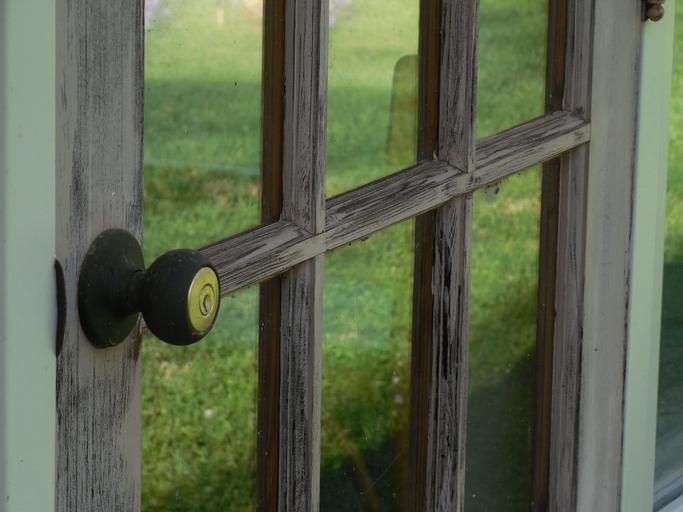
A hot cup of coffee set on a table eventually cools down. The heat lost by the coffee has to go somewhere. Where else but the room it’s in? It gets gained by the air in the room: The room heats up, imperceptibly. The coffee gets colder and the air gets hotter until the coffee stops getting colder; the room must have stopped getting hotter too. They must have reached the same temperature and so the heat transfer must have stopped. Their temperature difference was therefore the cause of the cooling down of the coffee. Heat was being transferred from the hotter to the colder entity.
When an object is left outside, one would assume that after a long enough time, it would be at the same temperature as the weather; if it is hot weather, the object can’t really get hotter than the weather, and must eventually be at the same temperature as the weather. Why do door knobs always feel cold then, even when it is hot outside? Why would the door feel warmer than its knob if one knocks? After-all, both the door and its knob have been outside for the same amount of time, and must therefore be at the same outside temperature.
The answer lies in the heat transfer between one’s hand and the object. By touching door knobs or a metal object, heat is transferred from one’s hand into the metal object. However, it is not the heat transfer that makes metals feel cold, otherwise wood would feel just as cold.
It is how fast heat is transferred. Metals are good heat conductors, better than wood. Thus, heat gets transferred very fast from one’s hand to the door knobs, making one’s hand instantly lose lots of heat, and hence instantly feel cold. This makes metals “feel” cold, whereas in reality it is one’s hand that gets cold.
When it comes to wood, heat would also be transferred from one’s hand to the door, yet at a slower pace. Therefore, in a second for example, more heat would be transferred from one’s hand to a metal object than to a wooden object, making the metal object ‘feel colder’.
Read Also: Why soil smells so good after rain?